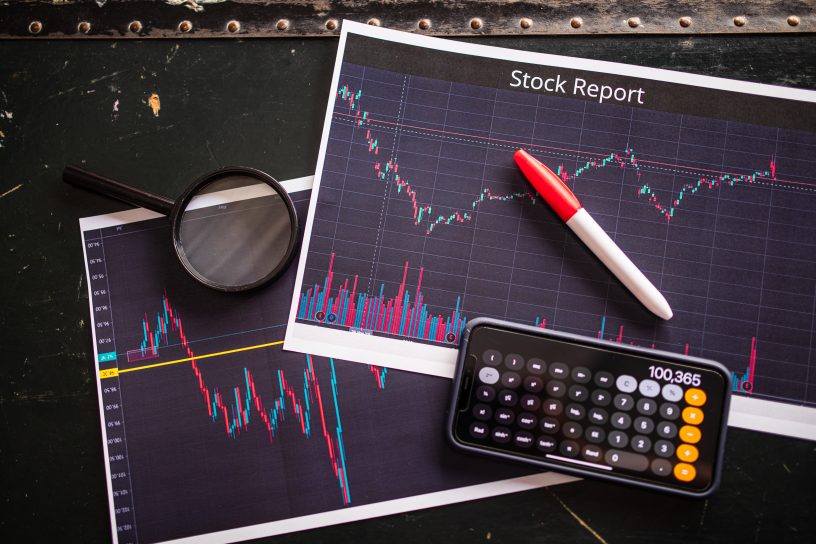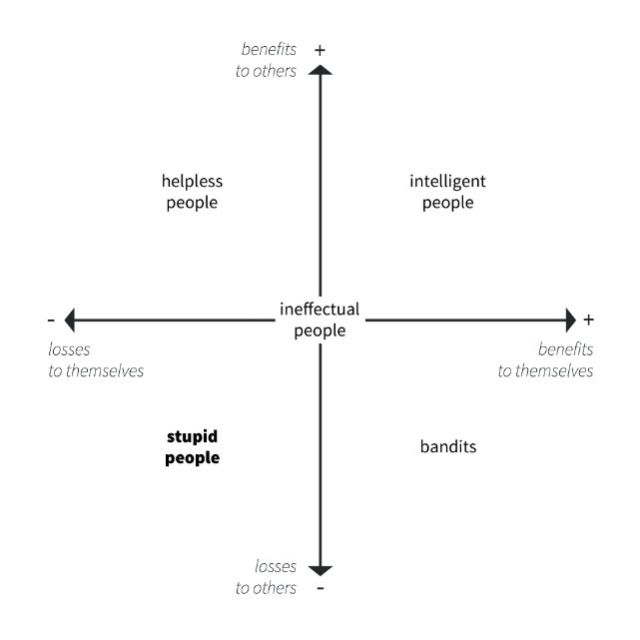Trading and investing are complicated topics where people have an illusion of control over risk and often confuse risk and uncertainty.
In financial markets, the risk usually comes from not getting the expected return, alpha, or risk-adjusted return, hitting uncle point, or even losing everything.
Uncertainty is about what the term implies: a lack of knowledge of the future.
Risk can be due to uncertainty, and this is one reason the two are often confused or used interchangeably. However, there is a fundamental difference.
Controlling, reducing, or even getting rid of risk is possible (by setting the exposure to zero and investing in a “risk-free” asset). For example, limiting your exposure to certain markets and diversifying your investments can reduce risk, but uncertainty still exists.
Quants have developed several measures of risk, but there are none for uncertainty. Some people claim that the risk measures are not adequate because financial markets are uncertain; these people confuse risk and uncertainty.
For example, when a stop-loss is set based on volatility (for example the Average True Range over a lookback period) and positions in a trend-following strategy are sized, the risk is known. It is irrelevant whether the volatility changes, although the stop-loss can be made dynamic and positions adjusted accordingly. The fact that volatility changes confuses some people, and they refer to risk as uncertainty. However, the stop-loss and risk are known. Uncertainty is about unexpected adverse price changes due to some event, known or unknown. For example, a flash crash may cause the stop-loss of a long position to be filled much lower, and the resulting loss can even cause an uncle point or even ruin due to a margin call, among other things.
Trend-following, for example, can offer an illusion of control due to risk management, but uncertainty is high, and it does not need to be a single event that can cause uncle point or ruin, but a series of consecutive losers arising from prolonged chop in markets that offer no winner outliers to compensate for the losses.
After 12 years of using financial social media, I’ve noticed that some traders have the illusion of control. They say that if they add more markets, there will be outliers that will make up for their losses. This can work but can also fail because there is uncertainty. When it is your own money, you are just another victim of a cognitive bias, but when it is the customer’s money, the naivety puts other people at risk.
Carlo M. Cipolla (15 August 1922 – 5 September 2000) was an Italian economic historian. His essay, “The Basic Laws of Human Stupidity” (“Le leggi fondamentali della stupidità umana”, 1976), explores the controversial subject of stupidity.
Those who make profits from investors by charging a management fee when there are losses could be classified as bandits. Stupid are those who lose and also cause losses to customers. The intelligent benefit themselves and the customers, and there are some good examples of CTAs and fund managers that have provided long-term profits to investors, but those are the exceptions. The helpless benefit others but incur losses for themselves.
The illusion of control in the markets when customer funds are involved is a form of banditry if there is no sound risk management, money management, and/or diversification. This can be the case with timing strategies that charge a fee on invested capital in the face of market uncertainty.
On the other hand, passive index investing is uncertain, but there are no risks as long as the basic assumption that the US market will continue to make long-term money and move up is true. The uncertainty comes from the fact that there are things that could happen that would make index investing unprofitable. But the point can be made that if these things happen, even tactical investing and timing the market will be affected. An example of a negative event is a global war or any other major disaster in which the central bank won’t be able to help much or at all.
Some passive investors seem to know the difference between risk and uncertainty better and don’t have the illusion of control bias like some people who try to time the market. A flat stock market for 10 years won’t hurt passive portfolios much in nominal terms, but it can be very bad for people who try to time the market. However, some passive investors may set risk levels that can trigger uncle point during bear markets, and they turn to market timers.
Conclusion
Even in the presence of uncertainty in the parameters, calculated risk is what it is, and it mostly affects profitability in a measurable way. Losses that are different from what the risk calculations predicted can occur due to unexpected events.
The illusion of control is that knowing the risk and diversifying can avert uncle point or ruin. Some market timers suffer from this illusion, but some passive investors are immune because they are only impacted by uncertainty and hope it will never cause ruin or uncle point. Other passive investors take risk into account for several reasons and are impacted by it.
Premium Content
By subscribing you have immediate access to hundreds of articles. Premium Insights subscribers have immediate access to more than a hundred articles and All in One subscribers have access to all premium articles, books, premium insights, and market signals content.
Free Book
Subscribe for free notifications of new posts and updates from the Price Action Lab Blog and receive a PDF of the book “Profitability and Systematic Trading” (Wiley, 2008) free of charge.
Disclaimer: No part of the analysis in this blog constitutes a trade recommendation. The past performance of any trading system or methodology is not necessarily indicative of future results. Read the full disclaimer here.
Charting and backtesting program: Amibroker. Data provider: Norgate Data
If you found this article interesting, you may follow this blog via RSS, Email, or Twitter.








